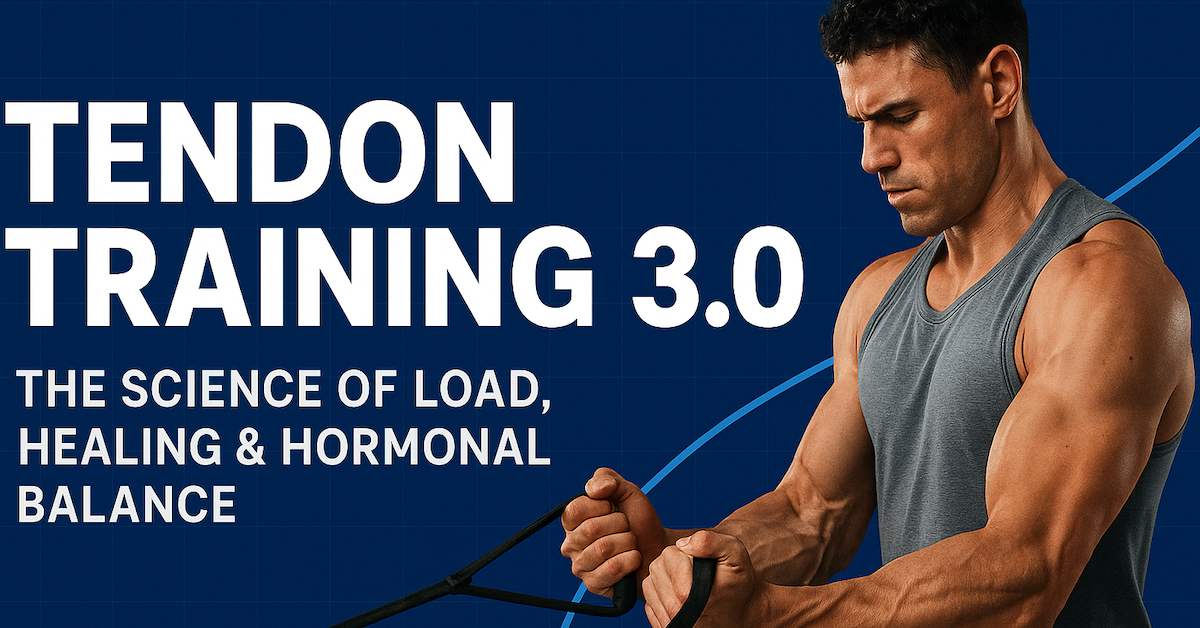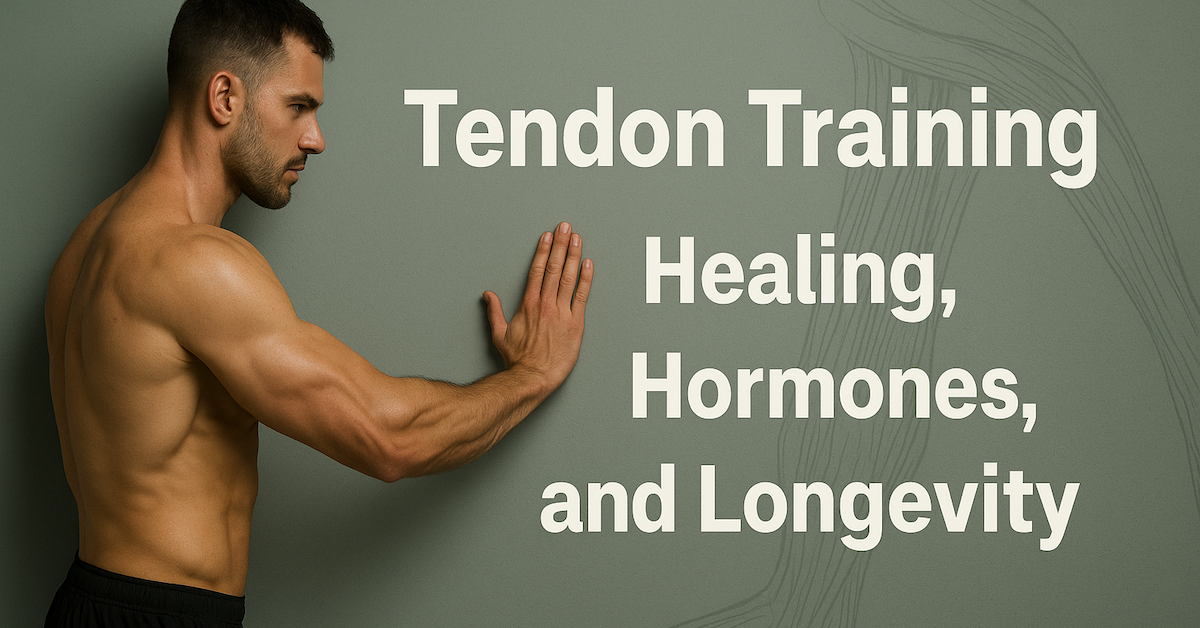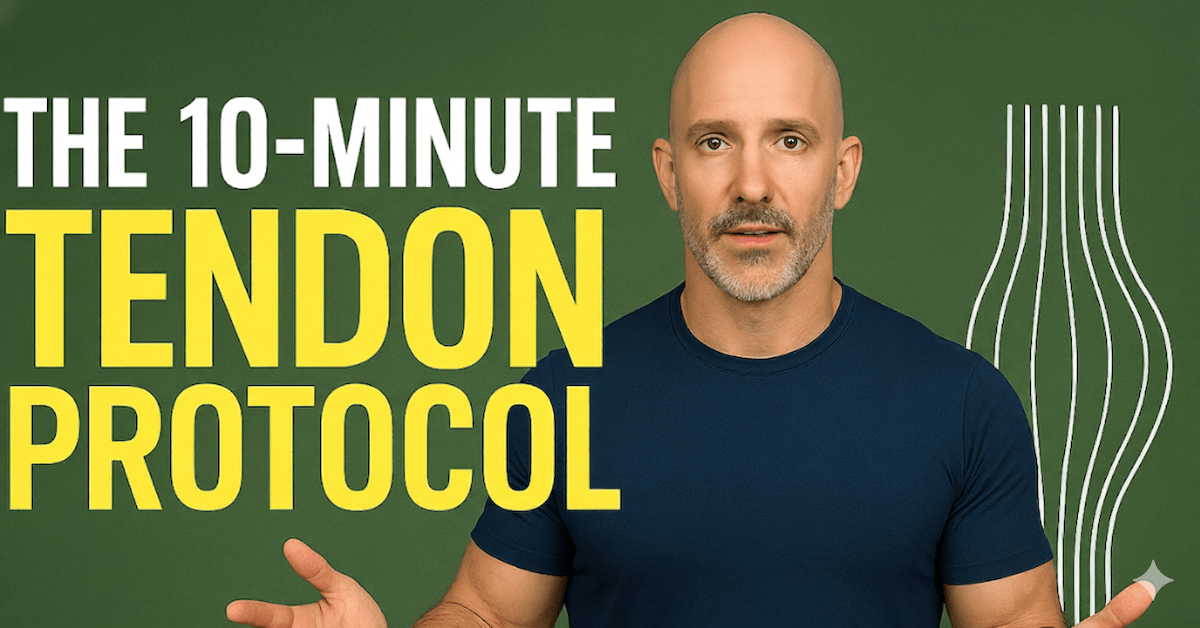In an interview with Stan “The Rhino” Efferding, the importance of active rehab is emphasized. Passive methods—such as massage, ultrasound, electronic muscle stimulation, Active Release Techniques (ART), and others—definitely have their place. But they aren’t a substitute for active rehab… they’re a way to facilitate it.
Active methods will always trump passive ones. If you don’t move, it’s no different than putting a cast or brace on the area. You’ll quickly lose strength, mobility, and function.
Over the years, I’ve seen countless people take the passive route for weeks—sometimes even months—after an injury, only to return in worse condition than when they started.
What I’ve learned is this: movement is the key—and that movement needs to come from you, not someone else. Sure, others (or machines) can work on you, but only to help you work on yourself. As Efferding puts it:
Things that are done to you or for you are not as effective as things you do for yourself. Things like massage therapy, or chiropractic, or even ART aren’t a solution—they’re a gateway to the opportunity for you then to do the things that you need to do. ART [for example] allows you full range of motion. Well, now you need to use that motion to strengthen the muscles, break up the scar tissue, and bring blood to the area… Use it or lose it!
Bottom Line: The best way to recover from an injury is through movement. It encourages blood flow to the area and promotes lymphatic drainage to remove waste. Passive therapies can help—but ultimately, it’s up to you to do the work.

Injury Prevention Strategies for Aging Athletes
As athletes age, the risk of injury grows—and recovery takes longer. Injury Prevention Strategies for Aging Athletes reveals proven methods to help you stay strong, resilient, and active for years to come. In this 60-minute webinar, John Paul Catanzaro shares practical tips you can use immediately to reduce injury risk both on the field and in the gym.

Tendon Training 3.0: The Science of Load, Healing, and Hormonal Balance
If you’ve followed our tendon training series so far, you know that Dr. Keith Baar’s research has reshaped how we

Tendon Training 2.0: Advanced Insights on Healing, Hormones, and Longevity
If you haven’t read Part 1 — The 10-Minute Tendon Protocol: How to Build Stronger, Injury-Proof Tissue — start there

The 10-Minute Tendon Protocol: How to Build Stronger, Injury-Proof Tissue
Most athletes train muscles. The smart ones train tendons. The problem? Tendons don’t give you warning signs. There’s no such
follow
Error: No feed with the ID 2 found.
Please go to the Instagram Feed settings page to create a feed.
